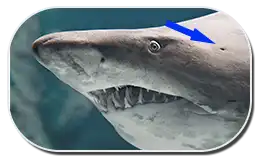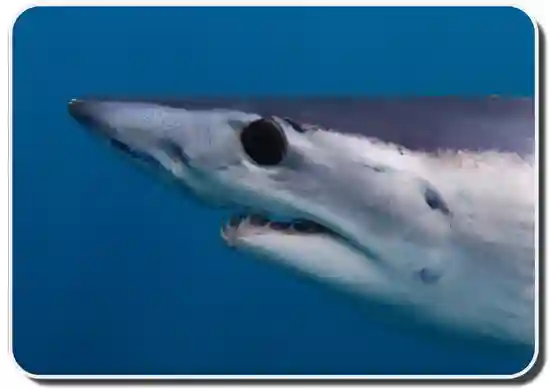In the world of anatomy and physiology, it’s important to know the basics. One of these basics is an understanding of how animals breathe – in humans, this involves lungs and oxygen passing through our respiratory system. But what about other creatures? How do they get air into their body so that they can stay alive? The answer lies in spiracles – small openings located on an animal’s exterior that serve as passageways for O2 to enter its body while simultaneously expelling CO2 back out of its system. In this blog post, we’ll take an in-depth look at spiracles: what they are and why they’re important for respiration.
What is a spiracle?
A spiracle is a small opening or hole in an animal’s body wall. Its main purpose is to allow the creature to intake oxygen and expel carbon dioxide. It is located near the creature’s respiratory organs, such as its lungs or gills, and it works by allowing air to move in and out of the body. This is an important part of respiration, as it allows animals to breathe without having to rely on their mouths or noses.

What is the purpose of the spiracle in sharks?
In sharks, the spiracle is used to intake oxygen while forcing out carbon dioxide. It is located just behind its eyes and helps to allow the shark to keep water moving over its gills without having to open its mouth. This helps it remain active in shallow waters where opening its mouth would be risky or dangerous.

What sharks have no spiracles?
Most sharks have spiracles, but there are some species that lack them. These include the largest of all shark species, the whale shark, and its smaller relatives such as the White-Spotted Bamboo shark and Epaulette shark. Other species lacking spiracles include the Megamouth, Thresher and Basking sharks.
What are the benefits of having a spiracle?
Having a spiracle provides several important benefits. First, it allows oxygen to enter an animal’s body efficiently and without requiring the creature to open its mouth or nose. This helps animals remain active while still being able to breathe. It also helps with thermoregulation, as it allows for the exchange of hot and cold air to pass through an animal’s body. Lastly, it helps prevent water from entering a creature’s lungs or gills, which can be a serious risk for animals living in shallow waters.
Conclusion
Spiracles are incredibly important when it comes to respiration and thermoregulation in animals. They are small openings in an animal’s body wall that allow oxygen to enter and carbon dioxide to be expelled without the creature having to open its mouth or nose. Sharks, for instance, rely on their spiracles for oxygen intake while keeping their gills submerged in water. In conclusion, understanding how spiracles work is essential for anyone interested in biology and anatomy.
